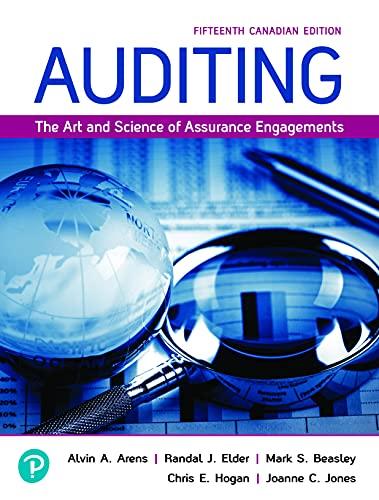Question
The method of analyzing capital investment proposals in which the estimated average annual income is divided by the average investment is the average rate of
The method of analyzing capital investment proposals in which the estimated average annual income is divided by the average investment is the average rate of return method.
Question 25 options:
| A) True | |
| B) False |
Question 26 (2 points)
Flyer Company sells a product in a competitive marketplace. Market analysis indicates that its product would probably sell at $48 per unit. Flyer management desires a 12.5% profit margin on sales. Flyers current full cost for the product is $44 per unit.
If the company cannot cut costs any lower than they already are, the profit margin on sales to meet the market selling price would be
Question 26 options:
| |||
| |||
| |||
|
Question 27 (2 points)
Hill Co. can further process Product O to produce Product P. Product O is currently selling for $60 per pound and costs $42 per pound to produce. Product P would sell for $82 per pound and would require an additional cost of $13 per pound to produce.
The differential revenue of producing Product P is $82 per pound.
Question 27 options:
| A) True | |
| B) False |
Question 28 (2 points)
Keating Co. is considering disposing of equipment that cost $50,000 and has $40,000 of accumulated depreciation to date. Keating Co. can sell the equipment through a broker for $25,000 less a 5% commission. Alternatively, Gunner Co. has offered to lease the equipment for five years for a total of $48,750. Keating will incur repair, insurance, and property tax expenses estimated at $8,000 over the five-year period. At lease-end, the equipment is expected to have no residual value. The net differential profit or loss from the sell alternative is a
Question 28 options:
| |||
| |||
| |||
|
Question 29 (2 points)
Differential analysis only considers the short-term (one-year) effects of discontinuing a product.
Question 29 options:
| A) True | |
| B) False |
Question 30 (2 points)
The total cost method includes all manufacturing costs plus selling and administrative expenses in the cost amount to which the markup is added to determine product price.
Question 30 options:
| A) True | |
| B) False |
Question 31 (2 points)
Hill Co. can further process Product O to produce Product P. Product O is currently selling for $60 per pound and costs $42 per pound to produce. Product P would sell for $82 per pound and would require an additional cost of $13 per pound to produce.
The differential cost of producing Product P is $13 per pound.
Question 31 options:
| A) True | |
| B) False |
Step by Step Solution
There are 3 Steps involved in it
Step: 1

Get Instant Access to Expert-Tailored Solutions
See step-by-step solutions with expert insights and AI powered tools for academic success
Step: 2

Step: 3

Ace Your Homework with AI
Get the answers you need in no time with our AI-driven, step-by-step assistance
Get Started


